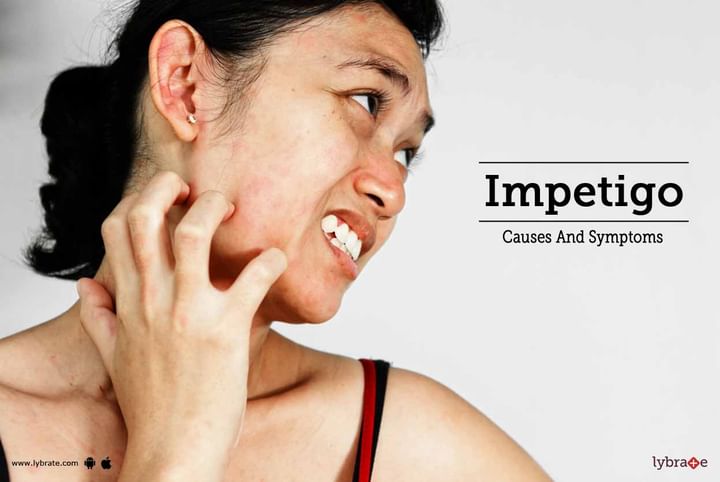Impetigo - Causes And Symptoms
Impetigo is a disorder caused by bacterial infection resulting in sores and blisters. It usually occurs more in children and less in adults. It is characterized by red sores filled with fluid, along with yellowish brown crusts. It is contagious in nature and may spread via sharing sheets, clothing and towels.
Impetigo may be classified as:
- Bullous impetigo: This type usually occurs in children below two years of age. The body, arms and the legs are the areas where the symptoms first appear.
- Impetigo contagiosa: This form of impetigo usually appears near the mouth and the nose. The rashes are not usually painful but may be itchy. After the blisters burst, they leave red rashes.
- Ecthyma: This is a form of impetigo that affects the second layer of the skin. The blisters may turn into open sores or ulcers. It may also lead to swollen lymph nodes.
Symptoms:
The symptoms of impetigo are:
- You may have small red spots that turn to blisters
- The blisters emit fluid
- The blisters may increase in number
In addition to the above symptoms, you may experience swollen lymph nodes and skin lesions.
Causes:
This disease is caused by strep or staph bacteria. The bacteria enter the body through other skin conditions such as insect bites, eczema, burns and poison ivy. It may also be triggered by irritation of the skin. The likelihood of contracting impetigo increases if you have allergies.
It may also occur if you come in contact with an affected person. Sharing personal items such as bedding, towels or comb may lead to symptoms of impetigo. If you have dermatitis, diabetes or have a weak immune system then you are prone to impetigo. The disease is treated with antibiotics. Mild symptoms of impetigo may be treated by following basic hygiene practices. If you wish to discuss about any specific problem, you can consult a dermatologist and ask a free question.



+1.svg)
